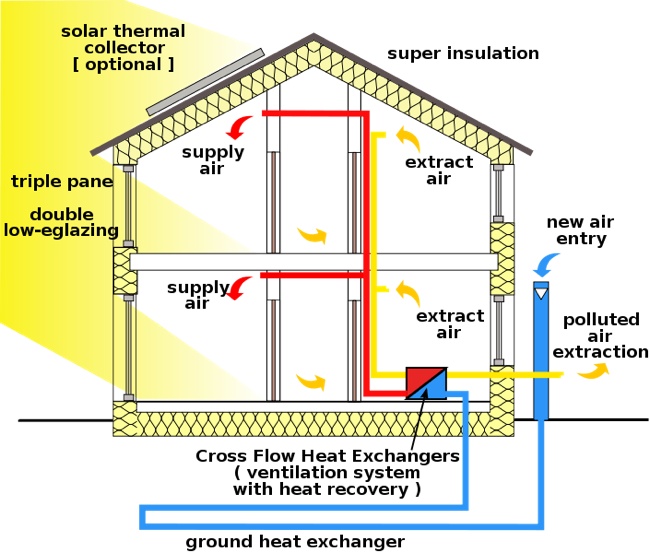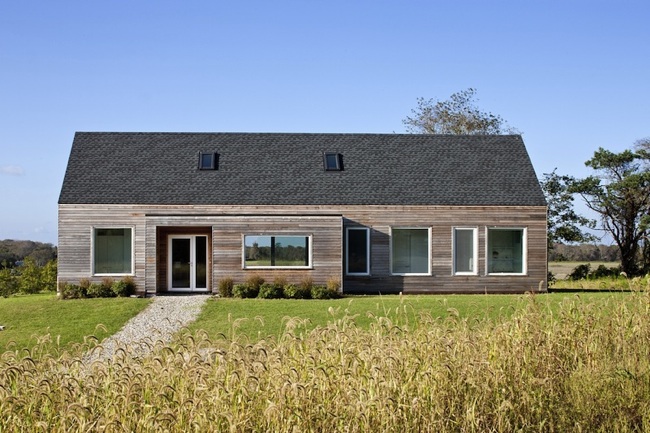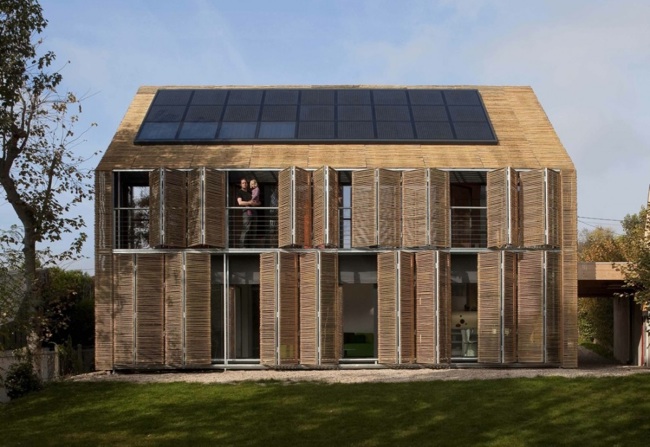We may earn revenue from the products available on this page and participate in affiliate programs. Learn More ›
More and more renovators, house hunters, architects and construction companies are paying attention to energy-saving standards. Of the many certifications that are relevant to green building today, it may be the Passive House designation that carries the most demanding standards.
Green Building, Big Business
In the U.S., green building comprised twenty percent of new residential construction last year—that’s $25 billion worth of real estate!—according to industry research firm McGraw Hill Construction. As housing continues its recovery, many experts anticipate that sustainable design will underpin an increasing share of the new construction market, between 29 and 28 percent by 2016.
From Germany with Love
While its principles date back to the ancient world, modern Passive House certification coalesced with the 1996 launch of the PassivHaus Institute in Frankfurt, Germany. The movement quickly spread to nearby Scandinavia, with its worldwide popularity rapidly burgeoning in recent years.

Exceptional Energy Efficiency
A certified Passive House (or Passivhaus) uses 60 to 70 percent less energy than a traditional home, according to the Passive House Institute US (PHIUS). Perhaps most impressive, passive design accounts for a heating energy reduction of 90 percent.
Specialized construction materials and renewable energy sources are hallmarks of the Passive House standard, which includes specifications for any or all of the following components, depending on the climate where the home is located:
- Windows
- Roofs
- Lighting
- Insulation
- Ventilation
Powering a Passive House
To achieve the Passive House designation, a home must draw the majority of its energy from alternative sources, such as:
- Solar
- Body heat from occupants
- Waste heating from household appliances
- Passive shading for cooling in hot climates
Strategic design and innovative materials minimize the home’s heating requirements to the point where, even in extreme cold, only a small amount of energy must be expended to keep occupants comfortable.
“The remaining heat can be provided by the supply air if the maximum heating load is less than 10W per square metre of living space,” says Dr. Wolfgang Feist, a Passive House founding father. “If such supply-air heating suffices as the only heat source, we call the building a Passive House.”

Passive House Standards in Practice
The European climate is more temperate than that of other continents, but the ideas that define passive design are as applicable in the U.S. as they are anywhere else. PHIUS is currently developing climate zone standards that respond to the climactic variables present in different regions around the country.
Seeking Certification
Homeowners pursuing Passive House certification must pay a fee and present the required documentation. Apply directly to the Passive House Institute or seek assistance from a Certified Passive House Consultant. The documentation you submit must include, among other things, a project description, an energy model, a completed Passive House Planning Package (PHPP), architectural drawings, and a HERS index score. The certification process also includes four site visits.

